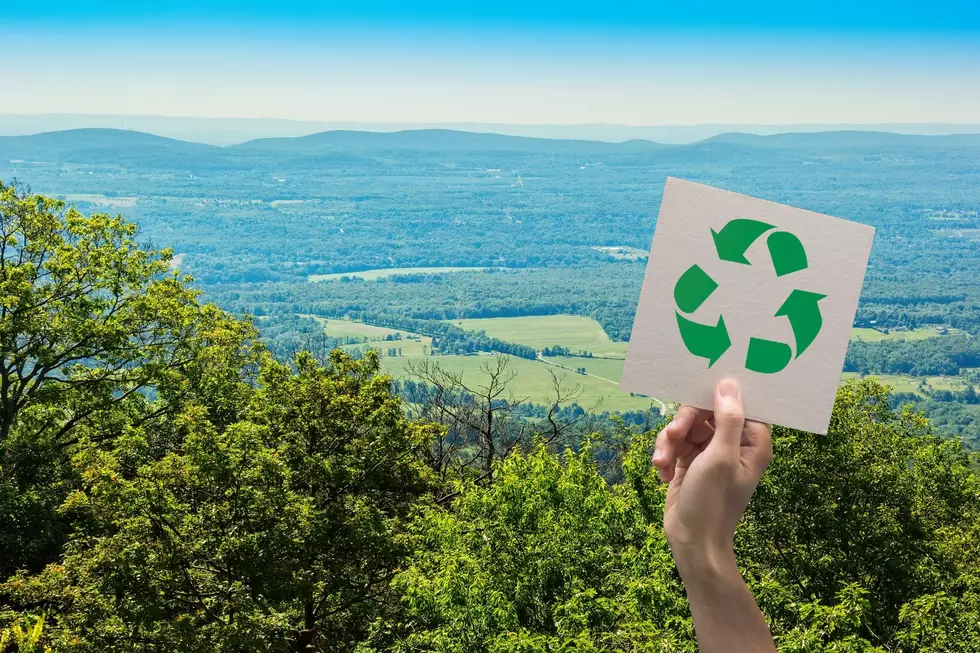
WEATHER: Mostly Cooler Weather For the Week Ahead
A cold front brought rain and even some severe thunderstorms as it pushed through Saturday afternoon, followed much cooler weather Sunday. For many in the Hudson Valley, it was downright cold waking up Monday morning. We haven't felt temperatures this cool since the spring, as temperatures dipped into the low 40s overnight across many parts of the area But how long will the colder temps last? Will we see another chance for rain this week in the Hudson Valley?
Highs Monday will only reach the mid 50s, under a mixture and sun and clouds in the afternoon. Expect another cold and chilly night, as lows Monday night will fall to the upper 30s to low 40s. Tuesday will be slightly warmer and breezy, with highs near 60 degrees during the day. Lows will fall to around 50 Tuesday night. Wednesday and Thursday will bring a return to warmer weather, as skies should remain partly cloudy with highs climbing back into the low to mid 70s. But, according to forecasts, that's all we'll probably get this week when it comes to mild weather.
According to Hudson Valley Weather, the next best chance for rain will be Thursday night, as scattered showers are possible across many parts of the area. This will bring a return of the much cooler air we're experiencing here early in the week, as highs Friday are expected to reach the mid 50s, to near 60 degrees. Lows will fall to the upper 30s Friday night. The weekend's forecast should see highs in the 60s and lows in the 40s both Saturday and Sunday.
Some of the extended forecasts for the winter so far are a bit conflicting. While some like the Old Farmer's Almanac are saying we should expect near normal temperatures nd precipitation, other forecasts are calling for below average temps and above average snow. One big factor could be the return of La Niña. A La Niña is a phenomenon that produces cooler than average water temperatures in tropical Pacific Ocean, around the equator. It is not to be confused with El Niño, which is when warmer water temperatures occur in that part of the Pacific. Past La Niñas have produced colder, snowier winters across the northeast.

